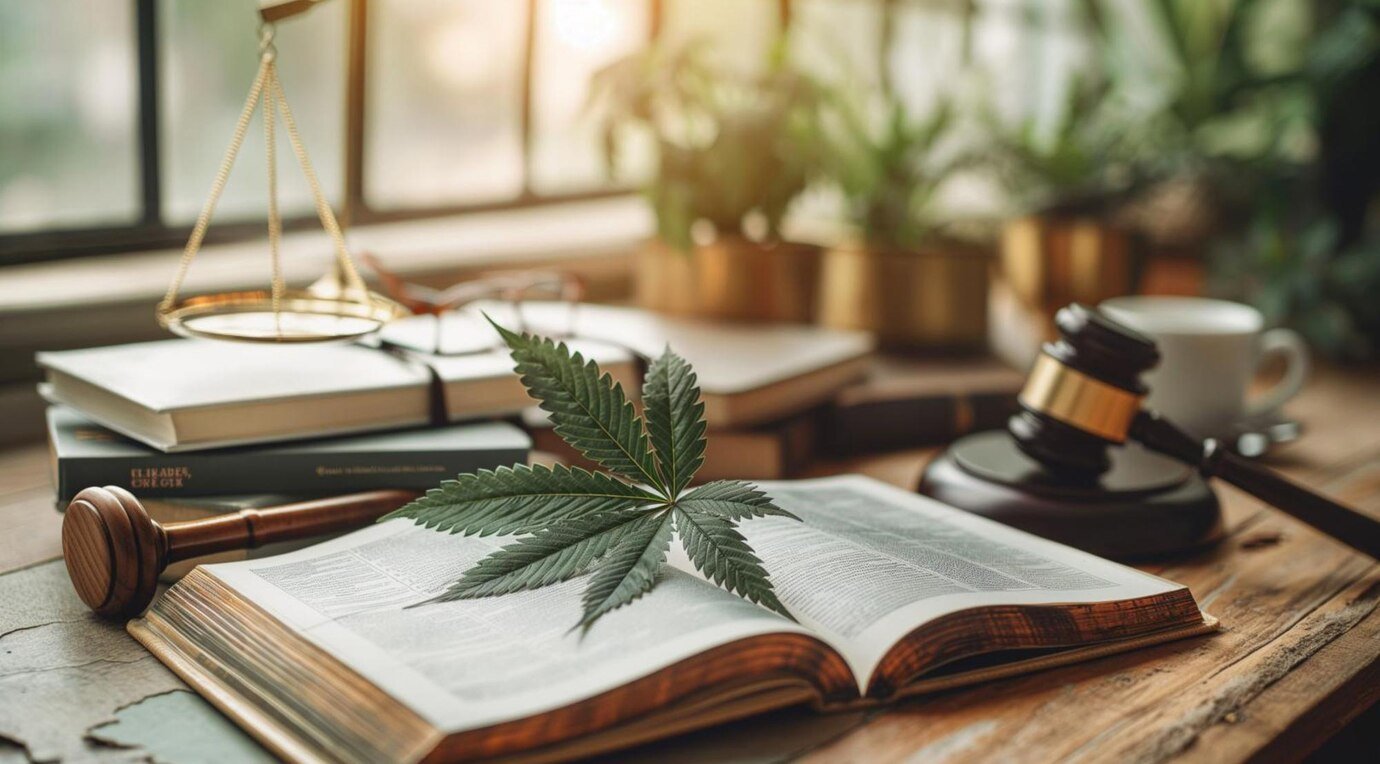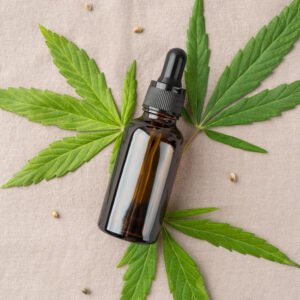Legalization and Regulation of Marijuana Around the World: A Global Overview
The global landscape of marijuana laws has undergone a dramatic transformation in recent decades. Once largely prohibited across the board, cannabis is now…
The global landscape of marijuana laws has undergone a dramatic transformation in recent decades. Once largely prohibited across the board, cannabis is now subject to a diverse range of legal frameworks, from strict prohibition to full-scale legalization for medical and recreational purposes. Understanding the nuances of this evolving situation, particularly the regulation of marijuana, is crucial in today’s interconnected world. This comprehensive guide will explore the various models that countries implement for marijuana legalization and regulation globally, highlighting key regions and the driving forces behind these significant shifts.
A Global Overview: The Shifting Landscape of Marijuana Laws
For much of the 20th century, marijuana was largely treated as an illegal substance under international conventions and national laws. However, a growing body of scientific research, coupled with changing societal attitudes and economic considerations, has spurred a global re-evaluation. Today, the Regulation of marijuana varies significantly from country to country and even within federal systems like the United States. This spectrum ranges from complete prohibition with severe penalties to the establishment of regulated markets for both medical and recreational use.
Models of Marijuana Regulation Around the World:
The Regulation of marijuana can generally be categorized into several distinct models:
- Complete Prohibition: This remains the most prevalent approach globally, with many countries still maintaining strict laws against the production, sale, possession, and use of marijuana in any form. Penalties can range from fines to lengthy prison sentences.
- Decriminalization: This model involves reducing the penalties for minor marijuana offenses, such as possession of small amounts for personal use, from criminal charges to civil fines or other non-criminal sanctions. While still technically illegal, the focus shifts away from criminal prosecution. Portugal is a notable example of a country that has decriminalized all drugs, including marijuana, with a focus on public health approaches.
- Medical Marijuana Programs: These programs allow the use of marijuana for specific medical conditions under the supervision of a healthcare professional. The regulations vary widely, from allowing only CBD-based products such as cbd roll on for pain to permitting the use of whole-plant cannabis for a range of qualifying conditions. Countries like Canada, Australia, and many European nations have established medical marijuana programs. Within the United States, a majority of states have legalized medical marijuana in some form, although federal law still prohibits it.
- Recreational Legalization: This represents the most significant shift in marijuana policy. It involves the legal production, sale, and consumption of marijuana for non-medical purposes, often with regulations similar to those governing alcohol and tobacco. This typically includes licensing for businesses involved in the industry, taxation, age restrictions, and rules around advertising and public consumption. Uruguay was the first country to fully legalize recreational marijuana in 2013, followed by Canada nationwide in 2018. Several states in the United States have also legalized recreational marijuana.
Key Regions and Countries Leading the Way in Marijuana Regulation:
The Regulation of marijuana is not uniform across the globe. Here are some key regions and countries with notable approaches:
- North America (USA, Canada, Mexico): Canada has fully legalized and regulated recreational marijuana nationwide, establishing a robust market with various product options. In the United States, while marijuana remains federally illegal, individual states have taken diverse approaches. Over half have legalized medical marijuana, and more have legalized recreational use, creating a complex patchwork of regulations. Mexico’s Supreme Court ruled that banning recreational marijuana is unconstitutional, allowing for federal legalization.
- Europe (Netherlands, Spain, Portugal, Germany, etc.): Europe presents a mixed picture. The Netherlands is famous for its “coffeeshop” model, which allows the sale of cannabis under strict regulations, although production remains technically illegal. Spain has a system of private cannabis social clubs. Portugal’s decriminalization policy has been lauded for its public health focus. Germany recently legalized recreational cannabis for adults, with regulations still being implemented. Other European countries have primarily focused on medical marijuana programs with varying degrees of access.
- South America (Uruguay, Colombia, etc.): Uruguay’s pioneering legalization model serves as a global case study. Colombia has legalized medical marijuana and has also taken steps towards decriminalizing personal possession. Other South American countries are also exploring different regulatory approaches.
- Oceania (Australia, New Zealand): Australia has a nationwide medical marijuana scheme, and some territories have decriminalized personal possession. New Zealand held a referendum on recreational cannabis legalization, which narrowly failed, but the debate continues.
The Goals and Impacts of Marijuana Regulation:
The push for the Regulation of marijuana is often driven by several key goals:
- Public Health and Safety: Legalization allows for the regulation of product quality and safety, including testing for contaminants and accurate labeling of THC and CBD content. It also enables public health campaigns and education around responsible consumption.
- Economic Benefits: Legal marijuana markets can generate significant tax revenue for governments, which can be used to fund public services. The industry also creates new jobs in cultivation, processing, distribution, and retail.
- Criminal Justice Reform: Marijuana prohibition has disproportionately affected minority communities. Legalization and decriminalization can lead to a reduction in arrests and convictions for marijuana-related offenses, freeing up law enforcement resources and addressing social justice concerns.
- Consumer Protection and Product Safety: In unregulated black markets, consumers have no guarantee about the quality or safety of the marijuana they are purchasing. Legalization allows for the implementation of standards and regulations to protect consumers.
Challenges and Considerations in Marijuana Regulation:
Implementing effective Regulation of marijuana is not without its challenges:
- Setting Appropriate Regulatory Frameworks: Striking the right balance in regulations to protect public health while allowing for a functional market is complex. Issues like potency limits, advertising restrictions, and distribution models need careful consideration.
- Preventing Underage Use: Robust regulations are needed to prevent access to marijuana by minors, often involving age restrictions, ID checks, and penalties for selling to underage individuals.
- Addressing Public Health Concerns: Concerns remain about the potential public health impacts of widespread marijuana use, such as addiction, impaired driving, and the effects on mental health. Ongoing research and public health initiatives are crucial.
- Combating the Illicit Market: Even with legalization, an illegal market may persist if regulations are too restrictive or if legal prices are too high. Effective enforcement and competitive pricing are important.
- Social Equity and Justice: Ensuring that the legal marijuana industry benefits communities disproportionately affected by past prohibition is a key consideration for many jurisdictions.
The Future of Marijuana Regulation Globally:
The trend towards some form of marijuana legalization and Regulation of marijuana appears likely to continue globally. As more jurisdictions experiment with different models and gather data on the impacts, best practices will likely emerge. The debate will likely continue to focus on finding the right balance between individual freedoms, public health, and safety.
Conclusion:
The Regulation of marijuana is a complex and rapidly evolving issue worldwide. Countries are varying in their marijuana policies, influenced by several factors. Despite challenges, there’s a global shift towards regulated marijuana markets, showing changes in attitudes and policies.
FAQ: Regulation of Marijuana Around the World

- What is the difference between legalization and decriminalization of marijuana? Legalization makes marijuana legal for production, sale, possession, and use, with regulations. Decriminalization lowers penalties for minor offenses to fines or non-criminal sanctions. Marijuana remains technically illegal under decriminalization.
- Which countries have fully legalized recreational marijuana? As of early 2025, Uruguay and Canada are the only countries that have fully legalized recreational marijuana nationwide. Several states in the United States have also legalized recreational use at the state level, despite federal prohibition. Germany has also recently legalized recreational cannabis with regulations being implemented.
- What are the main reasons why countries are choosing to regulate marijuana? The main reasons include public health and safety, tax revenue, criminal justice reform, and safer consumer access.
- Are there any international treaties that affect the regulation of marijuana? International drug treaties like the 1961 Single Convention affect marijuana prohibition, but interpretations evolve.
- How does the regulation of marijuana in the United States compare to other countries? The United States has a complex and fragmented approach due to federal prohibition and varying state laws. Many states allow marijuana use, but it’s still illegal federally, causing challenges.







